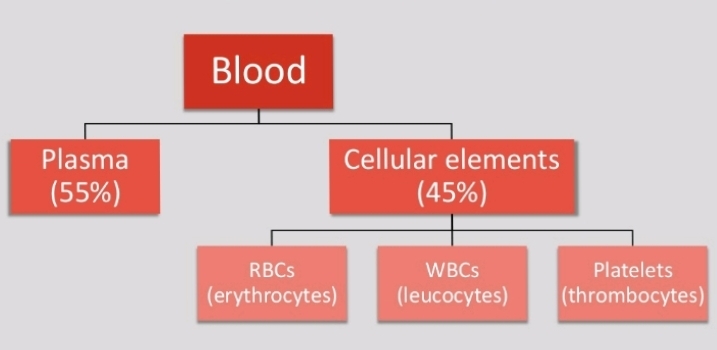ANTIDOTE AND DRUG OF CHOICE
1.Drug for PCM poisoning :- N acetylecystine (mucomyst)
2. DOC for Acute Asthma:- Salbutamol
3.DOC for Chronic Asthma:- Salmetrol
4.Drug of choice for bipolar disorder:- Lithium
5.Drug of choice for mania:- Lithium
6.Drug of choice for acute mania:-Haloperidol
7.Drug of choice for chronic mania:-Lithum
8.Drug of choice for hyperkalamia:- Kayxalate/sodium natropuroside/insuline+dextrose
9.Drug of choice for Ketoacidosis:- Insuline+dextrose
10.Prophylaxis for Asthma:-Montalucast
11.Drug for Digitalis Toxicity:-Digibind
12.Drug of choice for Acute migraine:-Sumatripatan
13 Drug of choice for ADHD:-Methylphenidate(Amphetamine)
14.Drug of choice for Alzeihmers disease:-Tacrine/donepzil/Rivastigmine
15.Drug of choice for Myasthenia gravis:-Neostigmine
16.Drug of choice for Anaphylactic Shock:-Adrenaline
17.Drug of choice for Hyperthyroidism in pregnancy/Lactation:-Propylthiouracil
18.Drug of choice for Atonic Seizures:-Sodium valproate
19.Drug of choice for Febrile Seizures:-Diazepam
20.Antidote for Aspirine poisoning:-Sodium bicarbonate
21.Antidote for organophosphate poisoning:-Atropine
22.Drug of choice for Central Diabetic Insipidus:-Vasoprassin/desmopressin
23.DOC for Chemotherapy induced vomiting:-Ondasteron
24.DOC for chloroquine resistant malaria:-Quinine
25.DOC for cholera:Tetracycline
26.Antidote for Benzodiazapine poisoning:-Flumazenil
27.Antidote for Barbiturate poisoning:-Sodium bicarbonate
28.Antidote for Atropine poisoning:-Physostigmine
29.DOC for Chese reaction:-Phentolamine
30.DOC for Acute Gout:-Indomethacin
31.DOC for Chronic Gout:-Allopurinol
32.DOC for complicated Malaria:-Artesunate
33.Antidote for Cyanide poisoning:-Amyl nitrate
34.DOC for Depression:-Any of SSRI drug(Citalopram,Escitalopram,Fluoetine,Paroxetine,Sertraline,Vilazodone)
35.DOC for disease modifying anti Rheumatic drug(DMARD):-Methotrexate
36.DOC for drug induced parkinson disease:-Benzhexol
37.Choice of Muscle relaxant for Endotracheal intubation:-Succinylcholine
Q38.Choice for Relaxant for ECT:-succinylcholine
39.Treatment of choice for severe Depression:-ECT
40.DOC for Enteric Fever:-Ceftrixone
41.DOC for Epilepsy in pregnancy:-Lamotrigine
42.Antidote for Fibrinolytics:-Aminocaproic acid
43.DOC for BPH(Benign prostate hypertrophy):-Prozosin
44.Antidote for Heparine Toxicity:-Protamine sulphate
45.prophylaxis for herpes:-Acyclovir
46.prophylaxis for rheumatic fever:-Benzathaine penicilline
47.prophylaxis for MI:-Asprine
48.DOC for Malaria:-Chloroquine
49.DOC for hypertensive emergency:-Sodium nitroprusside
50.DOC for hypertension in pregnancy:-Lobetalol
51.DOC for Eclampsia:-Mgso4
52.DOC for Hypothyroidism:-Levothyroxin
53.DOC for hypovolemic Shock:-IV fluids
54.Antidote for Iron toxicity :-Desferoxamine
55.DOC for Methanol poisoning:-Fomepizole
56.DOC FOR Methicillin resistant staphylococcus aureus :- Vencomycin
57.Mydriatic of choice in Adults:-Tropicamide
58.Mydriatic of choice in children:-Atropine
59.DOC for syphillis:-Benzathine penicilline
60.DOC for noctural enuresis :- Desmopressin/imipramine
61.DOC for obsessive compulsive disorders:-SSRI
drug(Citalopram,Escitalopram,Fluoetine,Paroxetine,Sertraline,Vilazodone)
62.Antidote for Opiod poisoning:-Nalaxone
63. DOC for oral hypoglycemic drug in obese :- metformine
64.DOC for oral hypoglycemic drug in thin:-Sulfonylureas
65.DOC for cardiogenic Shock:-Dobutamine
66.DOC for cardiogenic Shock with Oligourea:-Dopamine
67.Doc for Status Epilepticus:-Mgso4
68.DOC for prevent surgical site infection:-Cefazolin
69.Doc for patent ductus arteriosus:-Indomethacin
70.Doc for PPH:-Carbaprost
71.Doc for Anovulation:-Clomiphene Citrate
72.Antidote for warferin:- Vita.
K
73.DOC for Parkinson disease:-Levodopa+carbdopa
74.DOC for hyperprolactinemia:-Bromocriptine
75.safest ATT Drug in pregnancy:-Rifampicin.
By: @ummedsaini_
@nursingeducation






































